Samsung Galaxy Z Fold 5 vs. Galaxy Z Fold 4: Should you upgrade?
Samsung's latest foldable doesn't differ too much to its predecessor, but there is a new hinge system that promises a cleaner look.
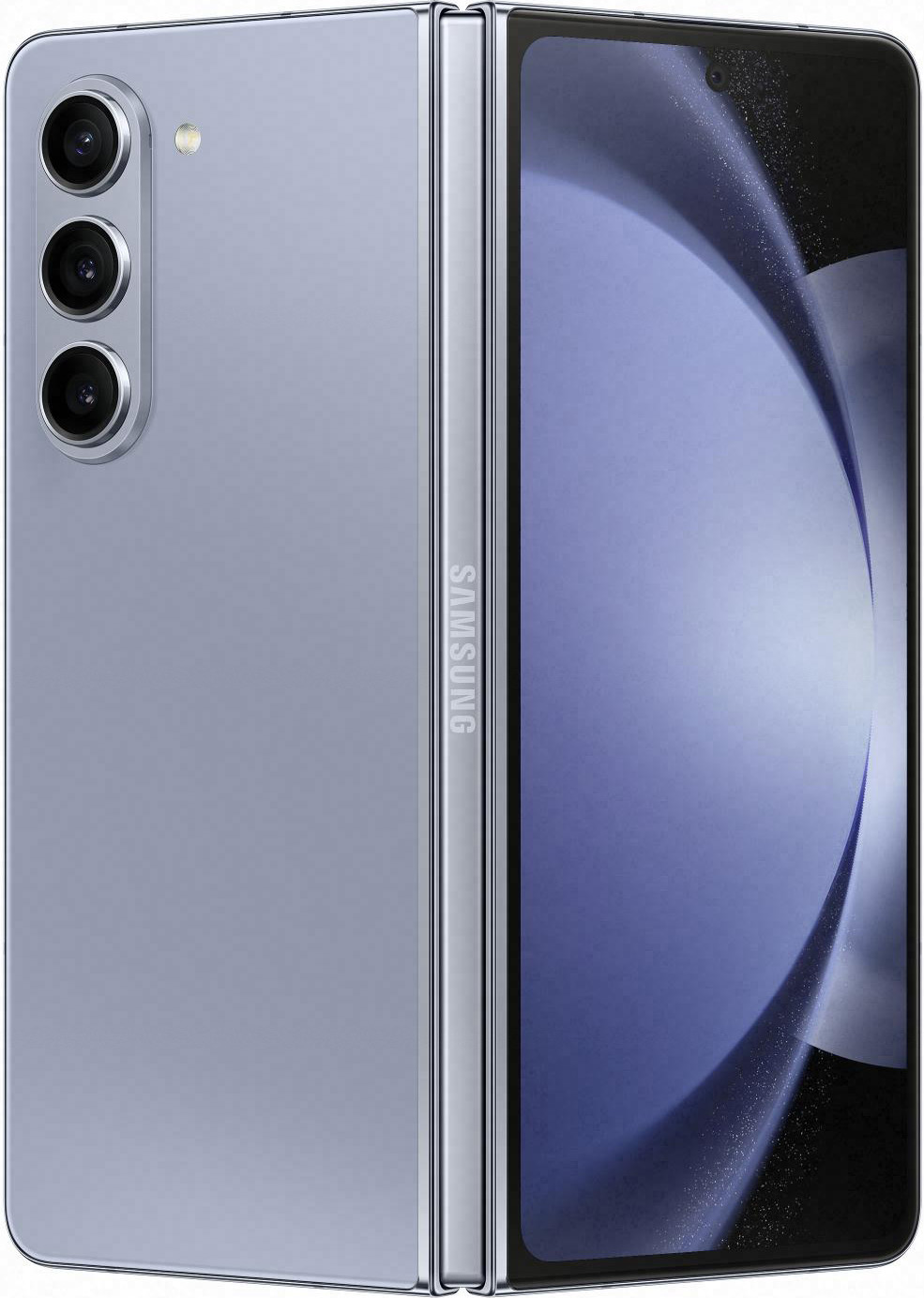
Same difference
Samsung hasn't introduced too many changes with the Galaxy Z Fold 5, and the foldable retains a similar design aesthetic, same camera hardware and battery, inner and outer screens, and charging tech. That said, there are a few upgrades on offer: the Z Fold 5 has a new hinge mechanism that folds fully flat, giving it a much more seamless look than its predecessors. The new hinge also makes the crease slightly less noticeable than that on the Z Fold 4, and the best part is that you still get IPX8 ingress protection — a feature that non-Samsung foldables just don't offer. While there isn't much that's new, the changes to the hinge along with the switch to the latest Qualcomm silicon make the Z Fold 5 the foldable to beat. The downside is that you'll have to pay a premium to get your hands on the device.
Pros
- New hinge mechanism closes fully flat
- Crease not as noticeable as previous generations
- Lighter than Z Fold 4
- Still offers IPX8 water resistance
- Powered by Snapdragon 8 Gen 2 for Galaxy
- Versatile cameras at the back
- Useful multi-tasking features and long-term updates
Cons
- Still charges at 25W
- Same camera hardware as Z Fold 4
- Costlier than the outgoing model
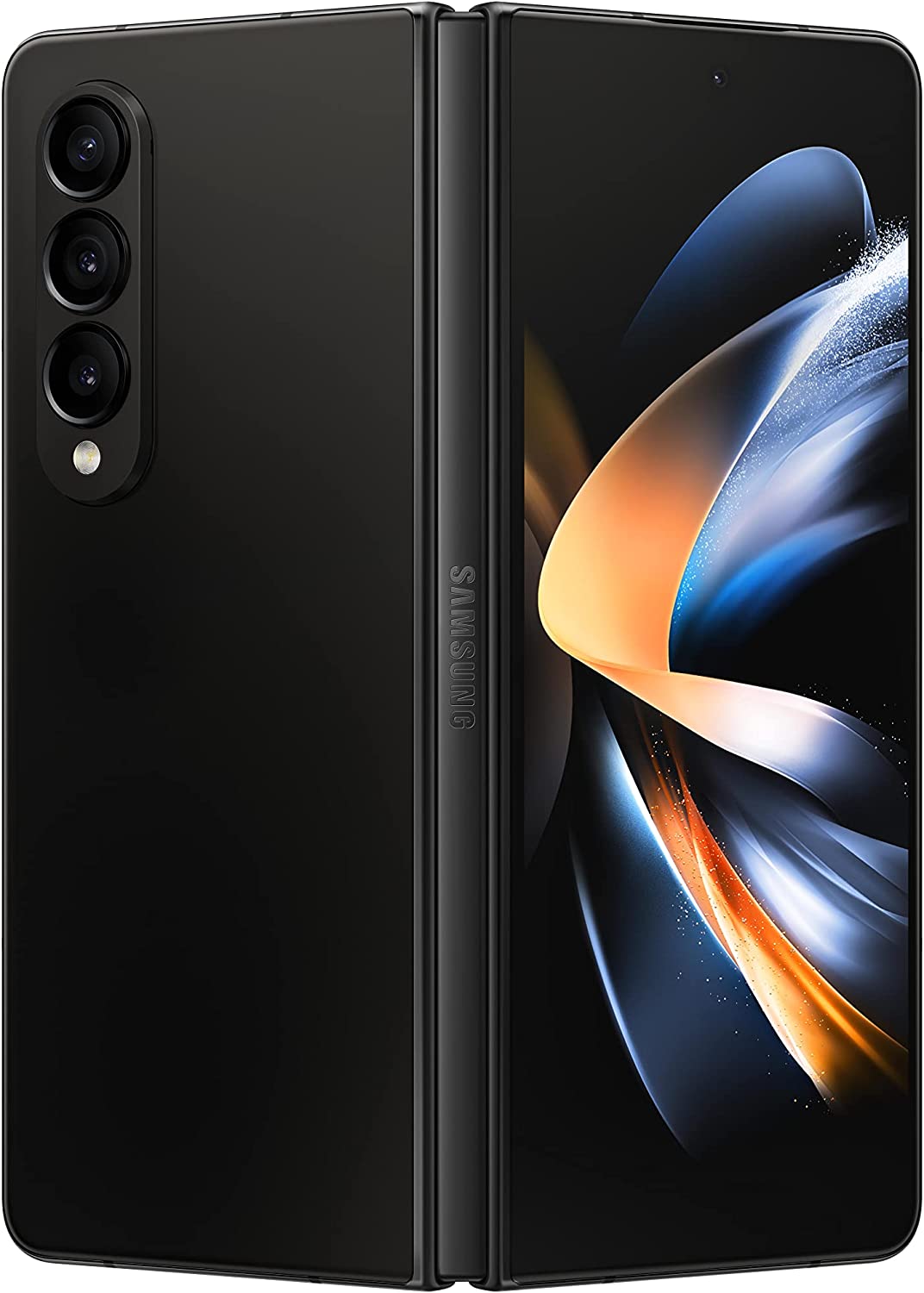
The obvious choice
While the new hinge on the Z Fold 5 gives it a distinct edge, that's where the differences end. Samsung didn't make many changes to the design or camera hardware, and that makes the Z Fold 4 a particularly great choice if you're looking to switch to a foldable in 2023. It has the same great cameras as the Z Fold 5, the internal hardware is just as strong, you get similar battery life, same charging tech, and IPX8 water resistance. The best part is that because the Z Fold 4 debuted a year ago, you can get it at an enticing discount.
Pros
- Same design aesthetic as Z Fold 5
- Identical camera hardware
- IPX8 water resistance
- Snapdragon 8+ Gen 1 is still going strong
- Will get the same software features as Z Fold 5
Cons
- Hinge doesn't fold fully flat
- Crease is noticeable in daily use
Samsung Galaxy Z Fold 5 vs. Galaxy Z Fold 4: Design and screen

Samsung doesn't make many changes to its design language, and that's particularly true with the Galaxy Z Fold 5. Other than a slight design tweak for the camera island, the Z Fold 5 is nearly identical to its predecessor. That's not a bad thing necessarily as the Galaxy Z Fold 4 has a modern design aesthetic with clean lines, and to its credit, Samsung is rolling out exciting color variants of the Z Fold 5.
The biggest change this generation has to be the hinge. Samsung is debuting a new Flex Hinge mechanism on the Z Fold 5, and the mechanism allows the foldable to close fully flat — similar to the Find N2, Xiaomi Mix Fold 2, Pixel Fold, and other fold-out flagships. What's notable here is that Samsung managed to switch to a smaller hinge while still retaining IPX8 water resistance; it continues to be the only brand to offer ingress protection on foldables.
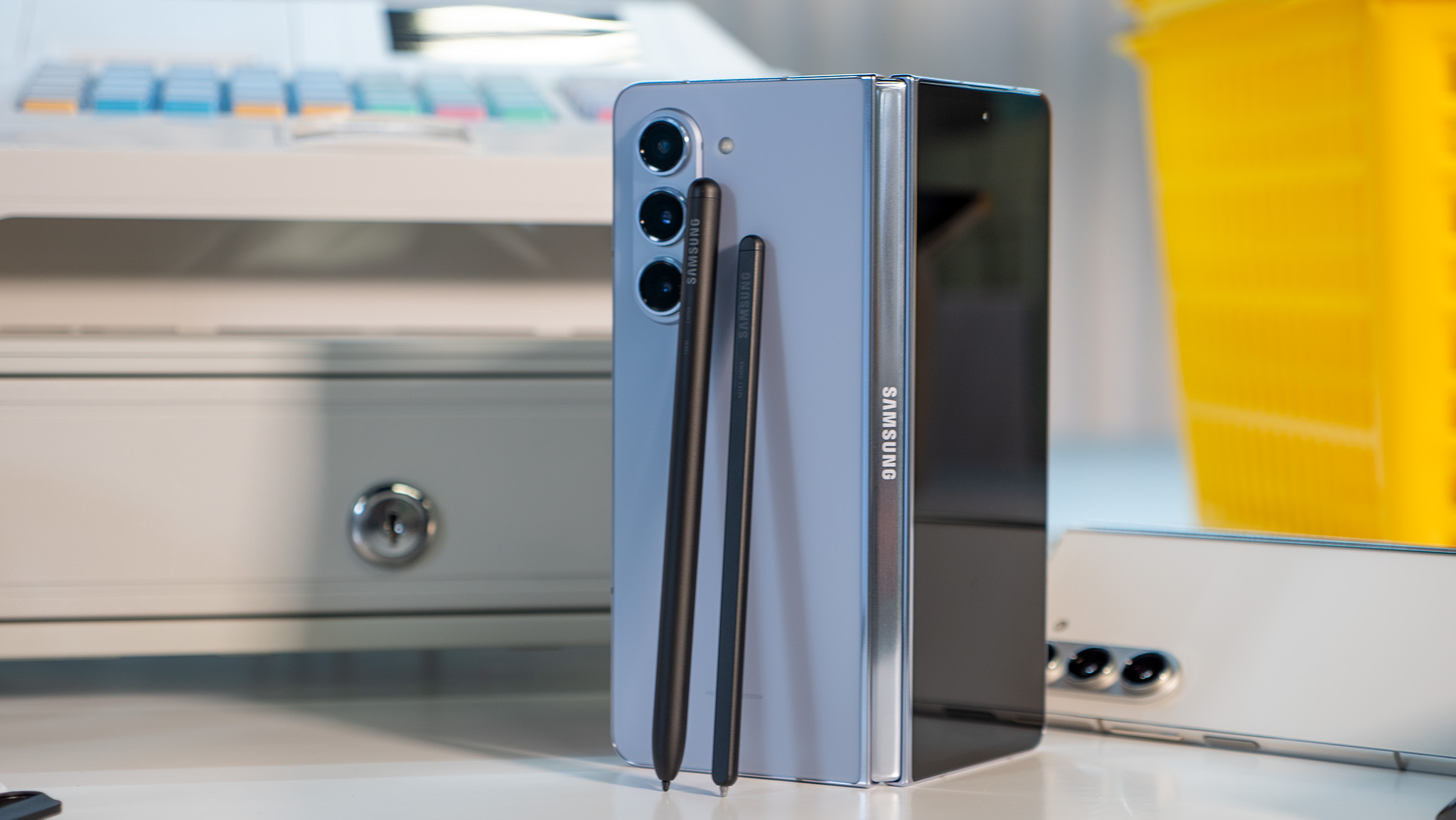
Because the design of the Z Fold 5 is largely unchanged to its predecessor, the in-hand feel is identical; both foldables have roughly similar dimensions and the same inner and outer screens. That said, Samsung somehow managed to shave 11g off the weight of the Z Fold 5, and that is noticeable in daily use. To put this into context, the Z Fold 5 is a full 19g lighter than the Z Fold 3. The lighter chassis makes using the Z Fold 5 that much easier, particularly with the inner screen folded out.
Switching to the screens, Samsung has retained the same 6.2-inch outer and 7.6-inch inner screens, with both offering AMOLED tech and 120Hz refresh. What's new this time is higher brightness levels, with the Z Fold 5 able to hit 1,750 nits in auto mode. Other than that, the panels are the same, and the outer screen is still annoyingly tall and narrow, just like previous generations. The reason I like the Mix Fold 2 is the wider outer screen, but it doesn't look like Samsung is interested in going this route on its foldable.
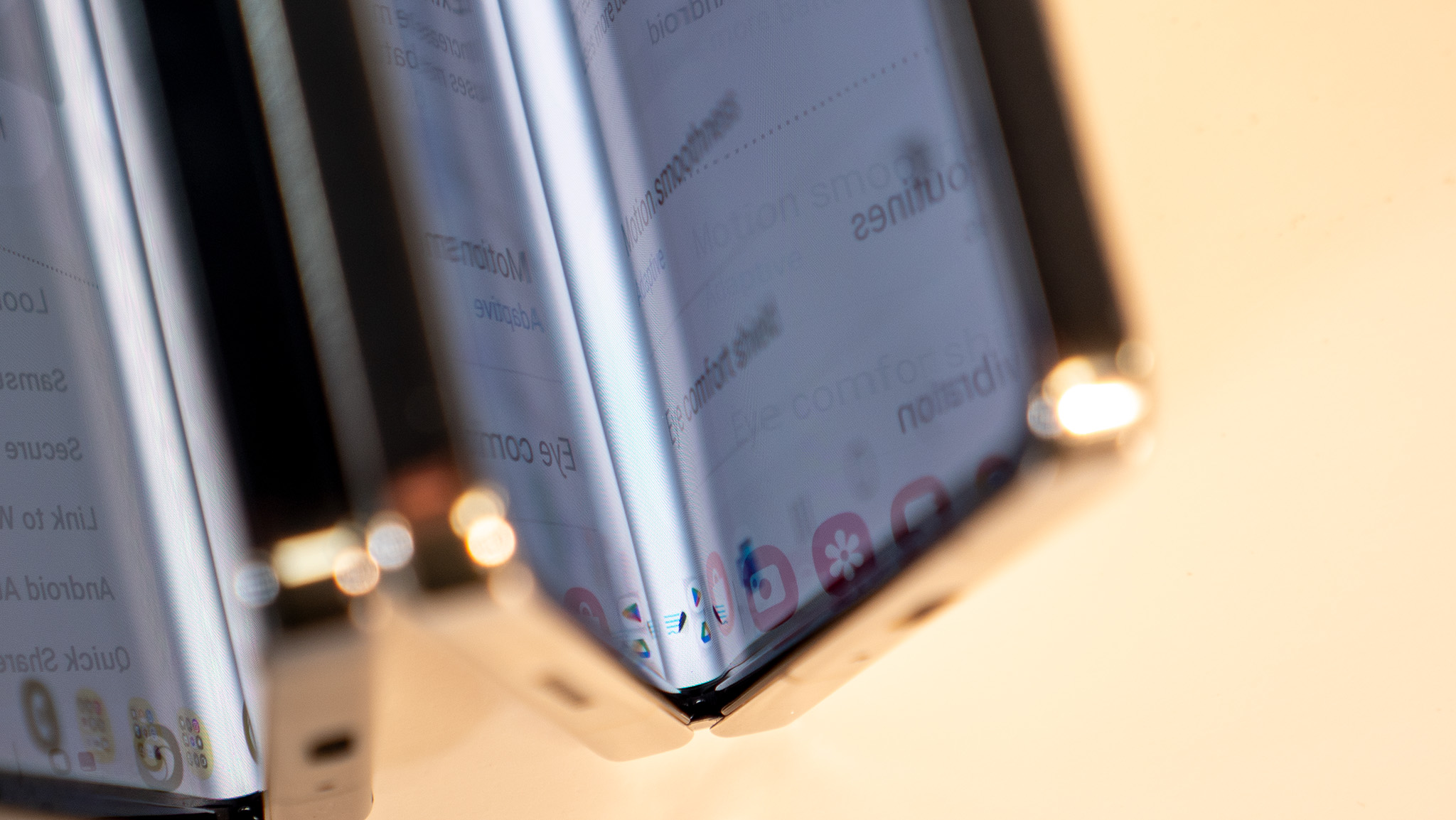
On the subject of things that haven't changed, Samsung is using the same plastic screen protector that debuted last year on the Z Fold 5, and while it does a great job protecting the inner and outer screens, it still feels a bit too plasticky.
This was an area where Samsung made noticeable changes with every new generation — I remember it being a key differentiator when switching to the Z Fold 4 from the Fold 3 — so I was holding out for the brand to introduce further tweaks to the plastic layer this time around. That isn't the case, and the screens on the Z Fold 5 feels largely the same in daily use as its predecessor.
Samsung Galaxy Z Fold 5 vs. Galaxy Z Fold 4: Hardware and cameras
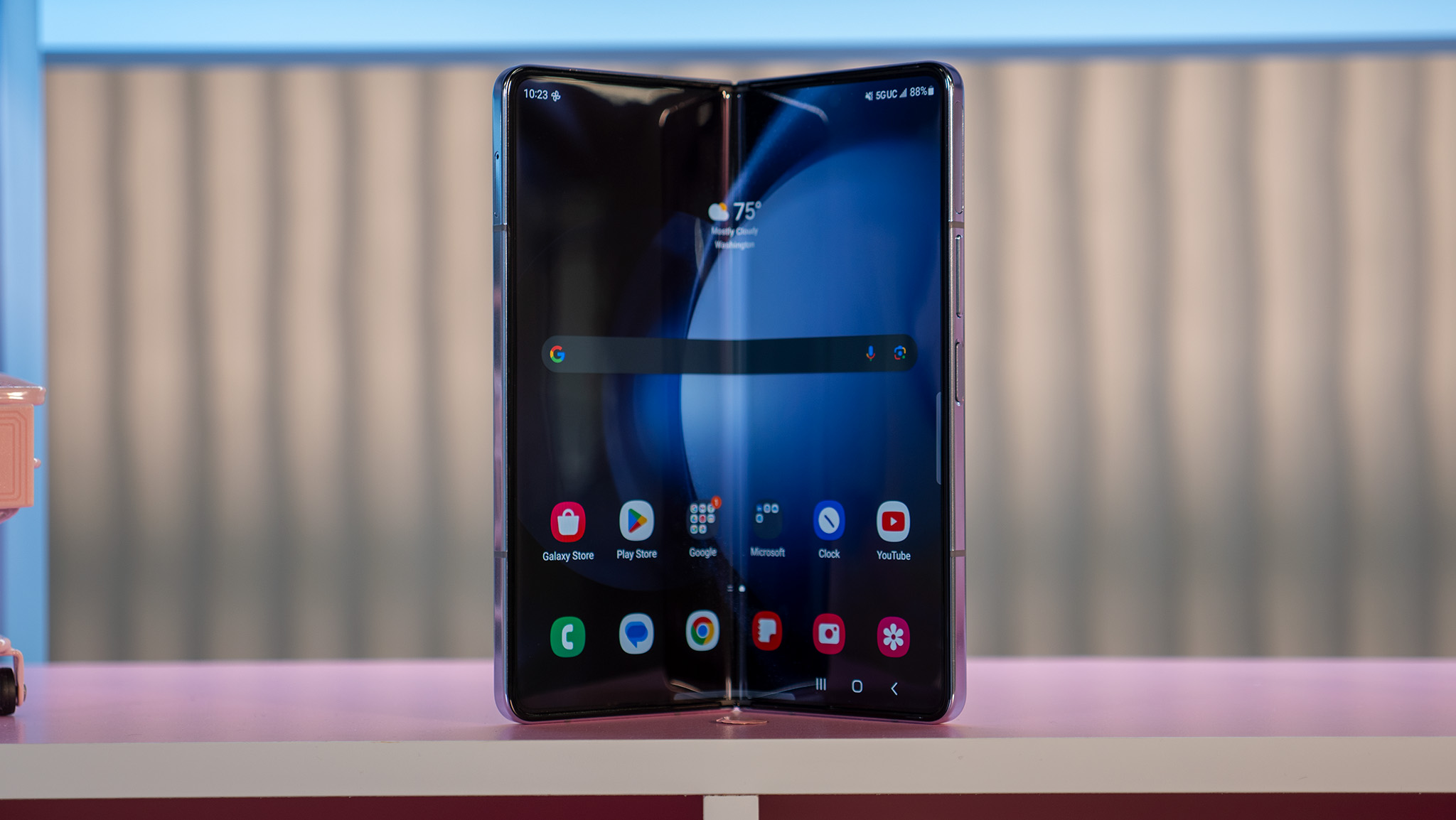
Coming to the hardware side of things, the Z Fold 5 is powered by Qualcomm's latest Snapdragon 8 Gen 2, giving it an edge over the Z Fold 4. Having used a few dozen phones that featured the Snapdragon 8 Gen 2, I can confidently say that it is one of Qualcomm's best designs in a very long time. It offers heady gains over the 8+ Gen 1 while consuming less power, and you won't find any issues with overheating or throttling even with heavy gaming.
Get the latest news from Android Central, your trusted companion in the world of Android
Now, the Snapdragon 8+ Gen 1 is still a phenomenal platform, and the Z Fold 4 continues to be one of the best foldables you can get your hands on. But the Z Fold 5 just has a little bit more to offer in this area. Does that mean you should pick up the Z Fold 5 if you already have the Fold 4? Absolutely not. While it's good to use the latest hardware, the 8+ Gen 1 should be more than adequate for several years to come, and I don't suggest switching just for the hardware.
| Category | Samsung Galaxy Z Fold 5 | Samsung Galaxy Z Fold 4 |
|---|---|---|
| OS | One UI 5.1.1 based on Android 13 | One UI 5.1 based on Android 13 |
| Outer Display | 7.6-inch Dynamic AMOLED 2x, LTPO (1-120Hz), 2176 x 1812, 21.6:18, 374 ppi, 1,750 nits brightness | 7.6-inch Dynamic AMOLED 2x, LTPO (1-120Hz), 2176 x 1812, 21.6:18, 374 ppi, 1,200 nits brightness |
| Inner Display | 6.2-inch Dynamic AMOLED 2x, LTPO (48-120Hz), 2316 x 904, 23.1:9, 402 ppi, 1,750 nits brightness | 6.2-inch Dynamic AMOLED 2x, LTPO (48-120Hz), 2316 x 904, 23.1:9, 402 ppi, 1,200 nits brightness |
| Chipset | Snapdragon 8 Gen 2 for Galaxy | Snapdragon 8+ Gen 1 |
| RAM | 12GB | 12GB |
| Storage | 256GB/512GB/1TB | 256GB/512GB/1TB |
| Rear Camera 1 | 50MP, ƒ/1.8, 1.0μm, 85-degree FoV, OIS | 50MP, ƒ/1.8, 1.0μm, 85-degree FoV, OIS |
| Rear Camera 2 | 12MP, ƒ/2.2, 1.12μm, 123-degree FoV (ultra-wide) | 12MP, ƒ/2.2, 1.12μm, 123-degree FoV (ultra-wide) |
| Rear Camera 3 | 10MP, ƒ/2.4, 1.0μm, 3x optical zoom, OIS | 10MP, ƒ/2.4, 1.0μm, 3x optical zoom, OIS |
| Cover Camera | 10MP, ƒ/2.2, 1.22μm, 80-degree FOV | 10MP, ƒ/2.2, 1.22μm, 80-degree FOV |
| Inside Camera | 4MP, ƒ/1.8, 2.0μm, 80-degree FOV | 4MP, ƒ/1.8, 2.0μm, 80-degree FOV |
| Connectivity | Wi-Fi 7, Bluetooth 5.3, NFC, global 5G bands (mmWave in NA) | Wi-Fi 6e, Bluetooth 5.2, NFC, global 5G bands (mmWave in NA) |
| Ingress Protection | IPX8 water resistance | IPX8 water resistance |
| Security | Side-mounted fingerprint sensor | Side-mounted fingerprint sensor |
| Battery | 4,400mAh battery, 25W wired charging, 10-15W fast wireless charging 2.0, 4.5W reverse wireless charging | 4,400mAh battery, 25W wired charging, 10-15W fast wireless charging 2.0, 4.5W reverse wireless charging |
| Dimensions (folded) | 154.9 x 67.0 x 13.4mm | 155.1 x 67.1 x 14.2-15.8mm |
| Dimensions (unfolded) | 154.9 x 129.7 x 6.0mm | 155.1 x 130.1 x 6.3mm |
| Weight | 252g | 263g |
| Colors | Icy Blue, Phantom Black, Cream, Samsung.com exclusive: Gray, Blue | Phantom Black, Beige, Burgundy |
On that note, Samsung didn't make any changes to the rest of the internal hardware. The Z Fold 5 features the same 12GB of RAM as standard, and it is available in the same 256GB, 512GB, and 1TB storage configurations. It offers the latest in terms of connectivity, so you get Wi-Fi 7 and Bluetooth 5.3, and there are the same set of global Sub-6 5G bands on the international model and Sub-6 along with mmWave bands on the North American variant.
Continuing with the similarities, the Z Fold 5 features the same 4,400mAh battery as its predecessor, and it retains the 25W wired charging tech alongside 15W wireless charging. I was holding out for a larger battery as this is an area where foldables don't quite measure up to the likes of traditional flagships like the Galaxy S23 Ultra, but the inherent changes to the 8 Gen 2 should deliver better battery life even though the size of the unit is the same from last year.

As for the cameras, the Z Fold 5 uses the same trio of sensors as last year, so you get a 50MP primary lens that's joined by a 12MP wide-angle and 10MP zoom lens with 3x optical zoom. And although the camera hardware hasn't changed, Samsung is touting gains in image quality on the back of tweaks to its camera algorithms, and as a result, the Z Fold 5 should deliver cleaner photos in most situations. I haven't had the chance to test out the cameras yet, but I'll update this post once I use the Z Fold 5 for a bit.
Samsung Galaxy Z Fold 5 vs. Galaxy Z Fold 4: Software

I used most foldables available in the market today, and while they all have exciting designs and stellar hardware, the software is another matter entirely. This is an area where Samsung has a commanding lead, and that is unlikely to change anytime soon.
The Z Fold 5 runs One UI 5.1.1 based on Android 13, and Samsung is rolling out some more multitasking-related features, including a larger taskbar that houses four app icons, and the ability to drag content using two fingers while using the inner screen. The Galaxy Z Fold 4 is also likely to get these features via an OTA update, and Samsung is doing a great job in this area as well.
Both foldables will pick up four guaranteed Android OS updates alongside five years of security updates, and Samsung continues to deliver monthly security updates and bug fixes to its flagship phones. The reason I always switch back to a Samsung foldable is because of the software, and it's good to see the brand doing more in this area.
Samsung Galaxy Z Fold 5 vs. Galaxy Z Fold 4: Should you upgrade?
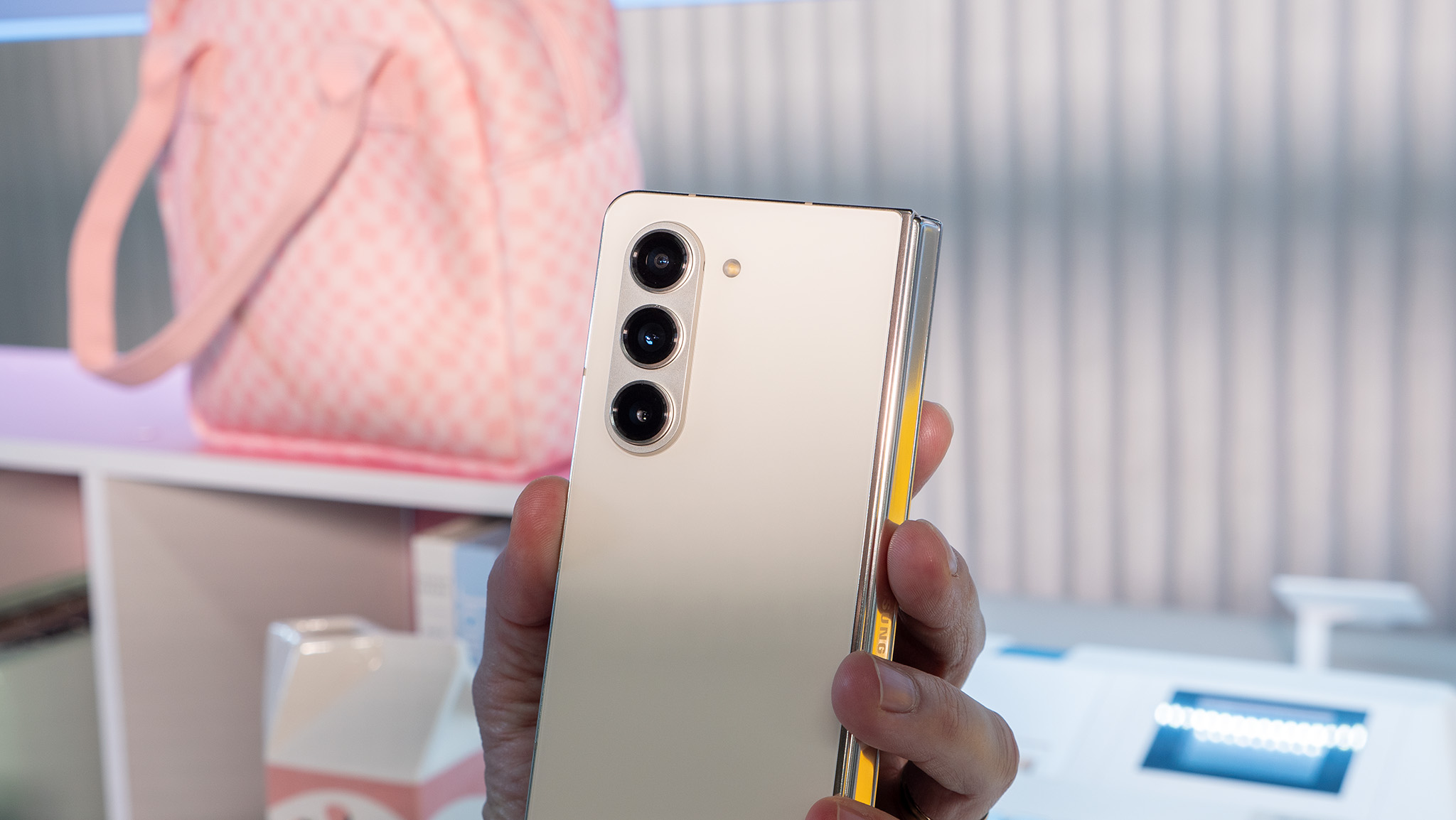
Honestly, if you already have the Z Fold 4, it makes little sense to make the switch to the Z Fold 5. Samsung's latest foldable is the definition of an iterative upgrade, and other than the new hinge and yearly hardware upgrades, there isn't much to talk about. The Z Fold 5 has the same screens, same plastic screen protector, same camera modules, battery, and retains a similar design as the Z Fold 4, and it somehow ends up costing $100 more.
If you're using an older Samsung foldable or are interested in buying one, my recommendation would be to pick up the Galaxy Z Fold 4. You're getting a device that's largely identical to the Z Fold 5, but as the Z Fold 4 has been available for over a year now, it's much more affordable — at least $300 less in most markets. The only area where it misses out is that the hinge doesn't close fully flat, but that's not a big deal when there are tangible savings to be had.

Same difference
The Z Fold 5 has a lot going for it — particularly with the new hinge — but it doesn't do enough to differentiate itself from its predecessor. It's still a good choice if you want the latest that Samsung has to offer, but if you want the best value, you should consider the Z Fold 4.

The obvious choice
If you're mulling a switch to a foldable, the Z Fold 4 would be my recommendation. It has most of the same hardware features as the Z Fold 5, and the best part is that it is available for significantly less.

Harish Jonnalagadda is Android Central's Senior Editor overseeing mobile coverage. In his current role, he leads the site's coverage of Chinese phone brands, networking products, and AV gear. He has been testing phones for over a decade, and has extensive experience in mobile hardware and the global semiconductor industry. Contact him on Twitter at @chunkynerd.
